Act Your Age
At the Albuquerque airport this weekend, I saw a woman in her late fifties dancing.
Not a timid, self-conscious shuffle, but an honest-to-God, shoulders-loose, head-bobbing, hips-swaying dance to whatever song was playing over the loudspeakers. Her teenage kids looked mortified. You could see it in the way they stared at the floor, silently pleading with gravity to swallow them. The mother didn’t notice…or didn’t care. She was smiling, lost in her moment, drumming invisible sticks on her carry-on.
Then her daughter muttered the universal teenage plea: “Mom, act your age.”
The woman stopped for a second, laughed, and said something I couldn’t hear, but the look on her face said everything. She was acting her age, just not the one the world assigned her.
That’s the thing no one tells you about getting older: at some point, your reflection stops lining up with your internal timeline. There’s a gap that begins, quietly, around thirty. You catch a glimpse of yourself in a store window or an airport mirror and think, Really? That’s me? It’s not denial. It’s dissonance.
Scientists call it subjective age—the age we feel versus the age we are. But the popular term that’s starting to stick is age dysmorphia, and it’s not a disorder so much as a side effect of living long enough to build a rich archive of selves. Somewhere inside, we’re still the person who could stay up all night, who feels the infinite possibilities ahead, who still dances in public without asking permission from our children or our knees.
The research explains it this way:
Thirty actually feels like twenty-five.
Forty feels thirty.
Fifty feels thirty-five.
Sixty feels forty.
After that, the gap narrows again—maybe because time speeds up, or maybe because we finally stop caring.
But for the long middle stretch of life, we are walking around slightly out of sync with the number on our driver’s license. We still feel capable of sprinting, flirting, and making it through the day without something hurting. The mirror and our body insists otherwise, but the brain keeps sending a different message.
And when we see old people, we don’t see ourselves. We see our parents. The ones who seemed so much older, slower, quieter—so much less alive than we still feel inside. We look at them and think, That’s not me. But then a photograph or reflection catches us off guard and there it is—that same posture, that same softening around the eyes—and we realize, uneasily, it is.
So to the young people watching us dance in airports, reading an actual book, or shaking their heads when we wonder what “delulu,” “67,” or “corecore” mean—humor us.
We’re not trying to steal your stage. We’re just trying to get out of your way without throwing out a hip. We really do want to make room for your ideas, your energy, and whatever it is you’re doing on your phones that could change the world. We’re rooting for you.
Just understand, we don’t feel finished. Inside, nothing’s changed for us. The same thoughts, the same ambitions, the same voice that used to say, Where’s the party? —it’s still there. It just needs a nap now and then. You see middle age; we see the same people who still believe they can matter. We’re not clinging to the spotlight. It’s just that our script doesn’t tell us when our scene is supposed end.
So have a little grace.
Because one day, you’ll dance in an airport too, and you’ll understand how it happens. How people get older without ever feeling old.
